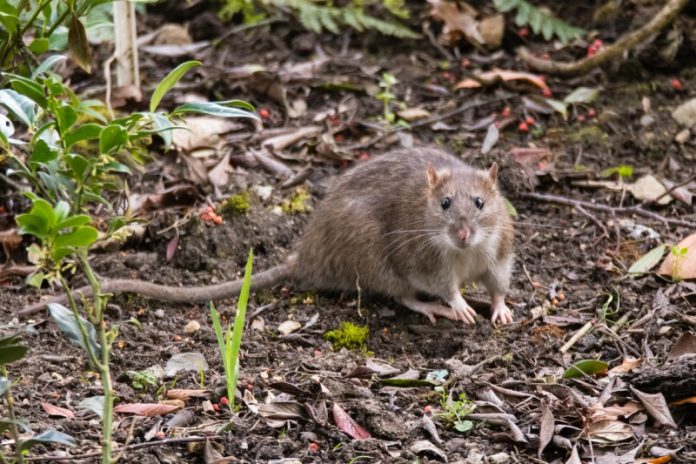
It’s a tricky subject, but one we can’t avoid, particularly as we head further into autumn and the harvest season: how do we deal with rats and mice in our compost, gardens and houses?
Every person will have their own ethical and personal boundaries around taking the life of another creature or being, so let’s proceed respectfully, understanding we might need a range of approaches, depending on our own boundaries and circumstances.
Compost is often blamed when there is a rodent outbreak, and with some justification. Poorly managed composts are glorified rodent feeders. But, as we have written before, well-managed compost systems make sure our food scraps are safe
from hungry rodents.
You can look up earlier Compost Conversations about good rodent management for compost systems; physical barriers (5mm rodent mesh folded over the bottom of Gedye-style bins) for cool composting bins and cranking heat (55o and over) for hot composting bays are the main strategies. Both these approaches will stop rodents eating food from our pile and removing the high-value, nitrogen-rich food scraps, leaving our compost lifeless and empty.
But, if we are composting, we are also likely to be growing food in our gardens, and even if we are not, our kitchens and pantries have food in them, all intensely attractive to the local rodent population. Anywhere there is a concentration of food
there will be a rodent trying to get to it. So, even if our compost is not feeding our furry foes, rodents will find other things to feast on in our gardens and homes.
Rodents are very good at building up population numbers quickly, so we need to have at least one other line of protection against an exploding rodent population, other than well-managed composts.
As a composter, grower and storer of food (in my house and around my property) I feel some responsibility not to throw my local ecosystem out of balance by allowing one species of animal or plant to get to plague proportions and dominate the local
landscape.
I am also aware that, if I take early action to keep rodent numbers low, I can avoid their numbers exploding, with the resultant ethical issue of far more little lives.
These secondary approaches can take the form of biological controls (like cats, dogs or owls), live trapping (and the follow-up action), fatal traps (like classic snap traps, or newer stun ‘bolt’ units) and poisons/baits.
Next week we will have a look at each of these approaches in a bit more detail and the management and ethical issues that accompany them.
– Joel Meadows works with *Yes In My Back Yard, (YIMBY), a community-scale composting initiative in Castlemaine and surrounds. Send questions or comments to hello@yimbycompost.com, or to book in for a compost workshop.







